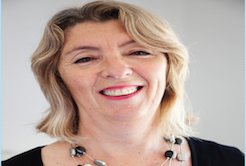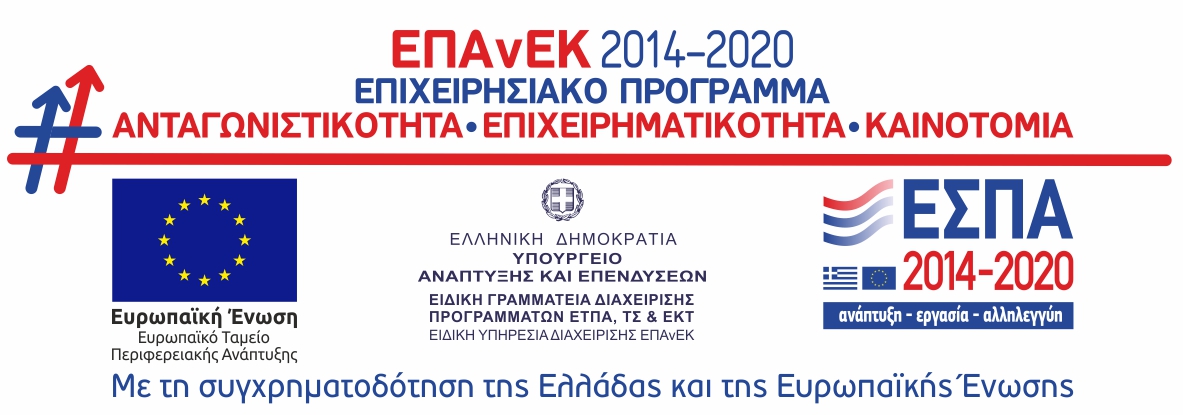Originally Published in the TESOL Greece Newsletter - Issue 135
Nicky is Director of Pedagogy of The Consultants-E, and has been teaching since 1987. She is author of several prize-winning methodology books about technology in ELT, and is a leading figure in edtech teacher training
What does it mean to be “creative” in the 21st century classroom and how can technology contribute to this?
Let me try to answer the first part of your question before thinking about the role of technology. Being creative is most often associated with being able to make (or ‘create’) something new that will enrich our lives. Most teachers nowadays agree that creativity can be nurtured in the classroom, under the right conditions. But most educators also agree that creativity tends to be stifled in the traditional language classroom, with its overwhelming focus on accuracy (where students are penalised for making mistakes), and its obsession with testing (where getting good grades in tests and exams is paramount). In theory, the 21st century classroom moves away from all of this, and seamlessly combines opportunities for students to develop their creativity, critical thinking and digital literacies. Note that I say ‘in theory’, because it's often a challenge for teachers to know exactly how to help their students develop these so-called 21st-century skills in any practical sense. In my view, technology won't automatically contribute to students developing their creativity, unless the right classroom conditions and atmosphere are first nurtured. This includes teachers (and other students) having a non-judgemental attitude to experimentation, and the teacher him/herself being willing to try things out and to develop his/her own creativity. Only then might a judicious use of technology as a tool play a role in helping our students creating original and interesting digital artefacts, for example. But it’s important to remember that technology is not necessary for creativity. But if you and your students do have access to technology, then why not use it creatively?
How easy is it to persuade different stakeholders (parents, directors of studies) that creative activities are not a waste of time against the curriculum?
If the entire curriculum and teaching ethos is exams- or results-oriented, then it can be quite tricky! Short of changing our curricula and assessment processes, technology can help teachers share students creative work with different stakeholders. Publishing and sharing students’ creative work is an important part of the creative classroom. For example, imagine that your class of young learners produce posters about staying safe online – a closed Facebook group can be used to share photos of your students’ creative posters with parents. A blog can be used to showcase students’ creative writing. Technology can be particularly helpful in sharing both traditional and digital content with a wider audience. Once stakeholders see how creative students are capable of being, they may be won over.
Traditionally, teaching goes hand in hand with assessment. How can technology help us to make our assessment more creative?
Assessment is a huge topic, so let me just give one example here. If students are using technology to create digital content in the classroom, then we can expand our assessment rubrics beyond the language content to include elements of the digital medium. For example, imagine that your learners have worked in small groups, and each group has researched a different country, then synthesised that information into a narrated PowerPoint slideshow. As the teacher, you will probably have an assessment rubric for their use of grammar, vocabulary, pronunciation etc., but you can also assess ‘digital elements’, such as how effectively they use images in the presentation. For example, are the images used copyright-free, and are the sources of the images acknowledged? How effective is their use of font/text/colour in their PowerPoint presentation? Do they include hyperlinks, and how useful are these/what is their effect on the text in the presentation? Another the use of technology in this scenario might include students uploading their finished presentations to a class blog, and then classmates being invited to leave constructive comments and feedback on each presentation, on the blog. For older students, their ability to give useful and constructive feedback could even form part of the assessment.
By sharing ideas with others. By helping teachers who may be less confident with technology to become more confident – and creative – users. For English language teachers who may feel short on creative ideas for the language classroom, and who would like to work on their own creativity, there are several good resource books available. You can download a free PDF version of the 2015 British Council publication Creativity in the English language classroom, edited by Alan Maley and Nik Peachey (see https://www.teachingenglish.org.uk/article/creativity-english-language-classroom). You can also join The C Group (http://thecreativitygroup.weebly.com/ ), a group for English language practitioners ‘to share information, promote reflection and inquiry, and encourage action through more creative and open teaching practices’. Start your own blog and share your creative teaching ideas with other teachers around the world. Set up a Pinterest or ScoopIt! account and collect other teachers’ creative ideas to share with colleagues. All of these examples show how technology can help creative teachers connect with and inspire others by sharing best practices and ideas.
Sophia Mavridi has been involved in ELT since 1998. Over this time, she has worked as a Primary and Secondary School Teacher, Director of Studies, Teacher Trainer, Writer, EAP tutor, and more recently EdTech Lecturer on the TESOL MA at the University of Salford. Sophia is the IATEFL Learning Technologies SIG Coordinator, a special interest group specialising in the pedagogically sound application of technology to language teaching. Her research interests include the increasingly important role of Digital Citizenship and Digital Ethics in educational contexts and is currently working on Digital Literacy projects around Europe.











